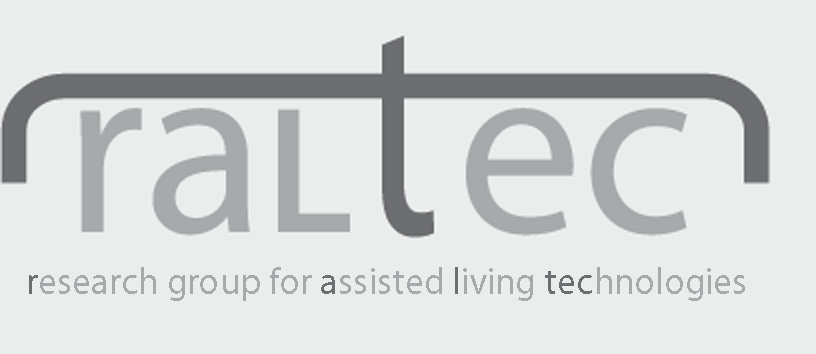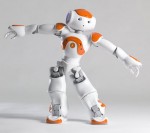Background and Goals Physical training is one of the most important and often used therapies for physical rehabilitation and prevention of physical deficiencies in all age groups including older people. The success of the undertaken therapy is largely dependent on the patient’s training compliance and competence, which in daily practice results in a high variance of the training results. Regular, efficient and independently conducted physical training is the base for therapy success. Applying strategies for motivating the patient prior and during the training at home is especially important to ensure quantity and quality of the training execution and hence the efficiency of the undertaken physiotherapy.
One effective strategy currently used in the field of AAL is to apply ICT solutions, designed especially for the target group of older people, that are capable of displaying and explaining training exercise movements and are able to give feedback on the quality of the conducted training by monitoring and analyzing the patient’s movements during the training. Socially assistive robotics can build upon, and play an important role in this strategy by introducing a new way of interaction with ICT systems – the human robot interaction (HRI). The base for this interaction strategy is a multimodal communication between the patient and a social assistive robot (SAR), which targets a natural, understandable and motivating interaction.
The optimization of current HRI techniques in the context of AAL is the goal of research undertaken within the study PhysicAAL and was evaluated and displayed using the showcase of physical training at home. The development and evaluation of HRI strategies for enhancing the user’s motivation to conduct the physical training was one of the core tasks to reach this goal. Therefore, it was evaluated how interaction and motivation strategies can be transferred to the field of SAR and how these strategies can be optimally used for the target group of older people.
A classical participatory design process including single and group interviews, focus groups with primary and secondary users, real-life tests and multi-disciplinary workshops was used to evaluate the scientific questions. This study covered an interdisciplinary development of interaction strategies for physical training with SAR as well as the adaption and use of an already existing ICT based prototype system (SAR NAO by Aldebaran Robotics and Microsoft Kinect sensor) to demonstrate the developed strategies and to evaluate them with end users. Therefore, a physical training lesson where the SAR took over the role of the physical trainer including tasks like exercise description and demonstration, corrective feedback during the performance of an exercise and summarizing feedback was conducted.
Results The scientific results were gathered by analysis of the involvement of primary, secondary and tertiary users during the user needs evaluation, workshops with domain experts for the definition of interaction strategies and a final usability study together with older end users to evaluate the developed prototype system. The results of the usability study point out, that a SAR for physical training is motivating and accepted by the end users. The proposed solution provides a training environment in which, under the guidance of a coach or therapist, success of training in terms of raising the motivation to actually perform the prescribed exercises can be increased.
Although this study was focused on the use case physical training, the expected results are not limited to this application area but can be used and adopted for a general deployment of SAR systems in AAL solutions (e.g. smart home interfaces).




